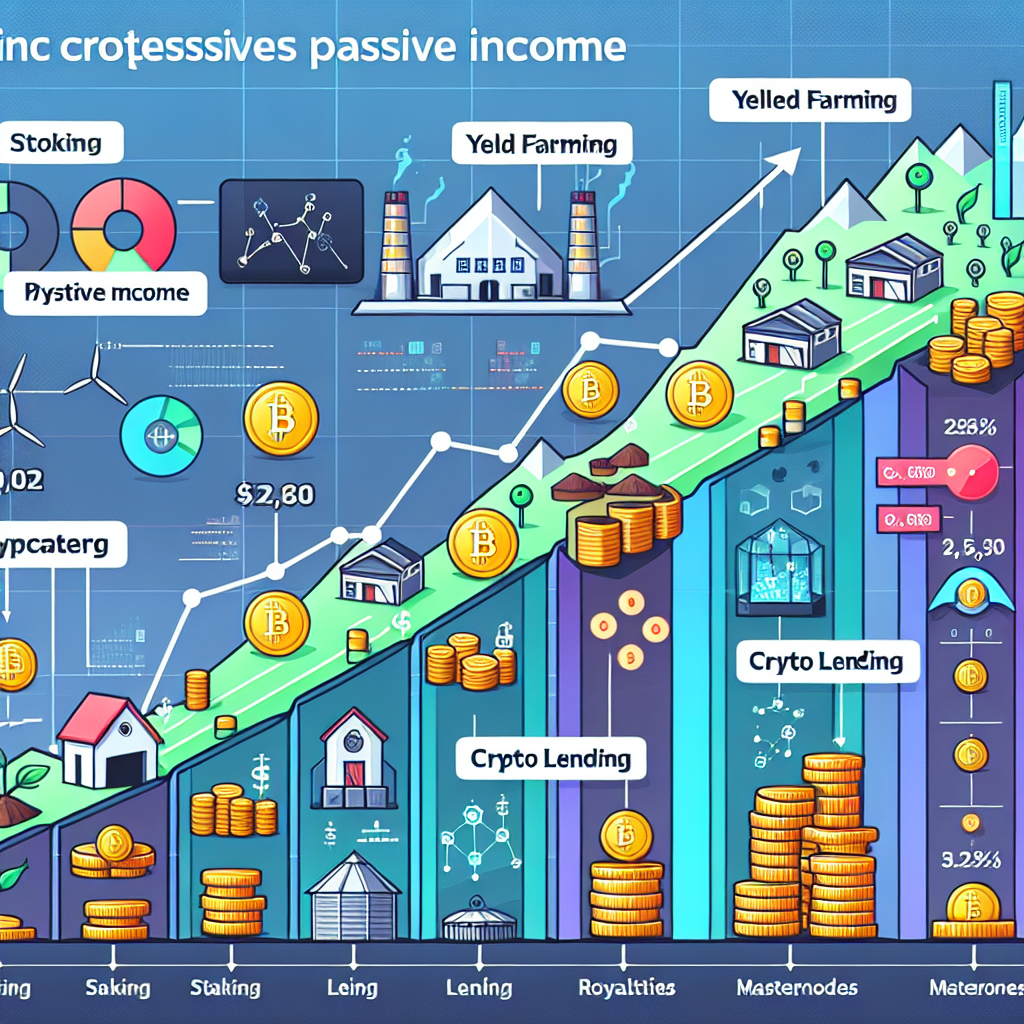
Ethereum and Solana are two of the most important blockchain platforms today, attracting the attention of developers, investors, and cryptocurrency enthusiasts. However, each has unique characteristics that set them apart. While Ethereum is the pioneer in smart contracts and decentralized applications (DApps), Solana has emerged with a faster and more scalable solution. The key question is: which one will dominate the future of blockchain?
Ethereum: The Pioneer of Smart Contracts
Ethereum, created in 2015 by Vitalik Buterin and his team, revolutionized the cryptocurrency world by introducing smart contracts, which allow the automatic execution of agreements without intermediaries. This innovation led to a vast ecosystem of DApps, non-fungible tokens (NFTs), and decentralized finance (DeFi). Today, Ethereum remains the backbone of the decentralized internet, fostering innovation in various sectors such as gaming, finance, and digital identity.
Advantages of Ethereum
- Mature ecosystem: Ethereum has built a strong community of developers and users, giving it a significant advantage.
- Security and decentralization: Its network is highly secure due to its large number of nodes and its proof-of-stake (PoS) mechanism with Ethereum 2.0.
- Compatibility with other projects: Most DApps and tokens use the ERC-20 standard, reinforcing Ethereum’s dominance in the market.
- Continual upgrades: Ethereum’s developers are actively working on improving scalability and reducing fees, ensuring its long-term viability.
Challenges of Ethereum
- High transaction fees: “Gas fees” on Ethereum can be prohibitive during periods of high demand.
- Limited scalability: Despite the transition to Ethereum 2.0, the network still struggles to handle high transaction volumes.
- Growing competition: Solana and other blockchains are challenging Ethereum’s dominance with faster and cheaper solutions.
- Energy consumption concerns: Although Ethereum 2.0 has significantly reduced energy use, concerns about environmental impact persist in some sectors.
Solana: Speed and Efficiency
Solana, launched in 2020 by Anatoly Yakovenko, has quickly gained popularity thanks to its high performance and low fees. With an architecture based on proof-of-history (PoH) combined with proof-of-stake (PoS), Solana can handle thousands of transactions per second, surpassing Ethereum in this aspect. Solana’s design makes it particularly appealing for developers looking to create high-speed applications such as gaming platforms and real-time financial services.
Advantages of Solana
- Low latency and high speed: With a block time of approximately 400 milliseconds, Solana enables near-instant transactions.
- Extremely low fees: Unlike Ethereum, where fees can be costly, Solana offers transactions at a fraction of a cent.
- Growing adoption in NFTs and DeFi: Many projects have migrated to Solana due to its scalability and cost benefits.
- Efficient network architecture: Solana’s consensus mechanism allows it to process transactions more efficiently than traditional blockchain models.
Challenges of Solana
- Relative centralization: Although Solana uses PoS, its number of nodes is smaller compared to Ethereum, raising concerns about decentralization.
- History of outages: The Solana network has suffered multiple outages, leading to doubts about its stability.
- Lower adoption than Ethereum: Despite its growth, Ethereum remains the preferred blockchain for most developers and projects.
- Security vulnerabilities: Some critics argue that Solana’s fast processing speed could lead to undiscovered security risks in its protocol.
Ethereum vs. Solana: Who Will Lead the Future?
The competition between Ethereum and Solana is not just a matter of technology but also of adoption, security, and trust within the crypto community. Ethereum remains the most widely used network with the highest market capitalization, while Solana has proven to be an efficient and scalable alternative. However, dominance in the blockchain space is dynamic and can shift based on technological advancements and market trends.
While Solana may attract those looking for speed and low costs, Ethereum has a strong foundation that keeps it at the top. The arrival of Ethereum 2.0, with improvements in scalability and fees, could further strengthen its position. However, if Solana manages to resolve its centralization and stability issues, it could become a more serious threat to Ethereum.
Another critical aspect to consider is developer preference. Ethereum has been around for longer and has a more extensive library of development tools, making it the go-to choice for many blockchain projects. Solana, while growing, still needs to catch up in terms of developer resources and educational materials.
Looking ahead, both blockchains have their roles to play. Ethereum’s established position as a secure and decentralized platform makes it a likely candidate for large-scale enterprise applications and DeFi innovations. Solana, with its high-speed capabilities, may find its niche in gaming, microtransactions, and real-time financial services.
Conclusion
In conclusion, the future of blockchain may be shaped by the coexistence of both networks, where Ethereum leads in security and decentralization, while Solana provides fast and cost-effective solutions. The key will be in the evolution of both technologies and how they adapt to the needs of the crypto market.
For investors and developers, diversification may be the best approach. Ethereum offers reliability and a proven track record, while Solana presents a high-risk, high-reward opportunity with its innovative speed and efficiency. Regardless of which one ultimately “dominates,” both blockchains are likely to shape the future of decentralized finance and digital innovation in meaningful ways.




